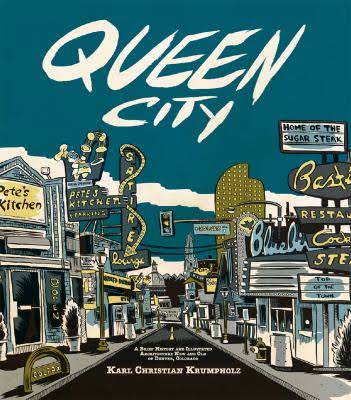
The ever-changing nature of Denver is a well-worn topic of conversation – anyone who has spent any time in this storied city has more than likely picked up some observations regarding Old Denver and New Denver, its constant expansions and renovations, and what has disappeared as well as what still remains. A vibrant and quickly growing area can’t help but change, but it is hard to not feel emotionally invested when your favorite bar or the most charming house you pass on your way to work each day is torn down.
As a born-and-raised Denverite in my 30s, I find myself lamenting the demise of many of the locations I held near and dear to my heart while I was growing up. It would be disingenuous, though, not to acknowledge that the city had places that were special to those who were here before me, and that were then replaced by some of the very locales I frequented. That does not make me any less likely to complain when a Denver institution of some kind that I have fond memories of shuts it doors, however.
While the ebb and flow of Denver’s businesses, restaurants, and public spaces continues its course, Karl Christian Krumpholz’s new book, “Queen City: A Brief History and Illustrated Architecture New and Old of Denver, Colorado” (Tinto Press, 2021) captures one keen observer’s view of his current town today as well as some of its unique history. Krumpholz is not originally from Denver, but he has a great eye for locations that maintain much of the city’s character as well as those that are no longer here but that held significance. His bold, comic book-like illustrations and small tidbits of information capture the heart of his subject matters.

“Queen City” is separated into chapters of Denver neighborhoods, with Chapter 2 covering the Northside, or Highlands. Major landmarks such as Linger and the Oriental Theatre share pages with smaller locales such as the Berkeley Inn and the now closed Paris on the Platte.
Krumpholz states that “Queen City” was “never planned as a comprehensive collection on places around Denver” – some of his illustrations are of historically significant locations, some are architecturally significant, and some just have or had a personal or cultural appeal. Without claiming to be definitive, Krumpholz’s work shares something much more personal. While reading, I found myself excited to see a things like an old sign that has always caught my eye (Eze Mop on 17th Avenue and Humboldt) or a building I’ve never been in but grew up practically in the shadow of (United Stor-All Central Denver Self-Storage on Colfax and Vine). This collection of illustrations contains both the well-known and the sometimes overlooked, leaving any longtime Denver fan to consider what they would include in a roundup of their own favorite spots around town.
Check out “Queen City” at your closest Denver Public Library location or put it on hold through denverlibrary.com.

Be the first to comment